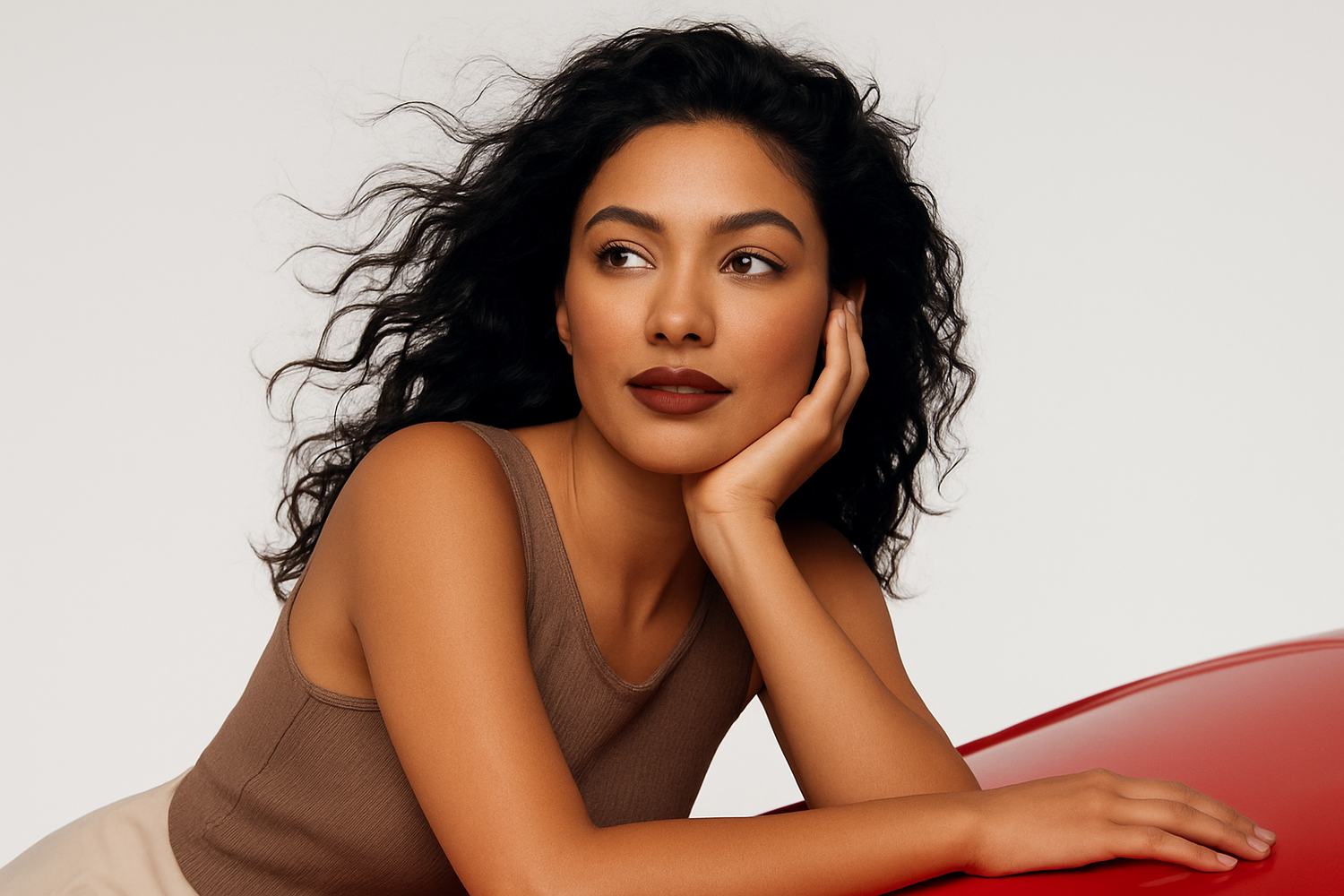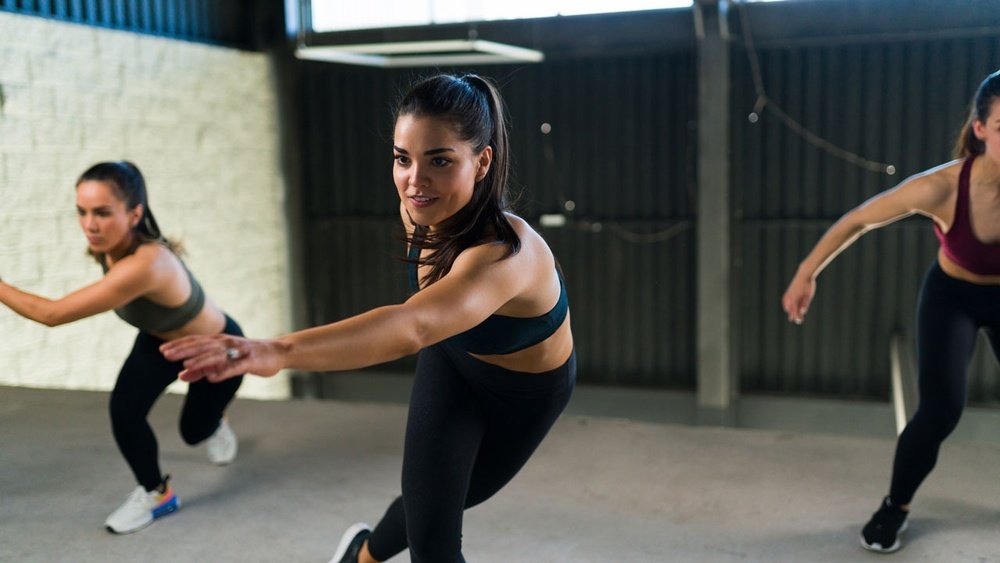You’ve prepared your makeup carefully, but when the camera clicks, your flawless look seems to vanish. Sound familiar?
Keeping your makeup intact for photos isn’t just about applying the right products—it’s about understanding how lighting, camera settings, and product choices affect your appearance on screen. If you want your makeup to stay fresh and vibrant, highlight your best features, and avoid the dreaded washed-out or shiny look in pictures, this guide is for you.
Read on to discover easy, practical tips that will help you look stunning every time the camera is on you. Your perfect photo-ready makeup starts here!
Lighting And Camera Effects
Lighting and camera settings play a major role in how makeup appears in photos. Different types of light and camera effects can change colors, textures, and the overall look of your makeup. Understanding these effects helps keep your makeup flawless and true to life in pictures.
Impact Of Natural Vs Artificial Light
Natural light offers soft and even illumination. It shows makeup colors in their true form. Photos taken outdoors or near windows often reveal the most natural look. Artificial light varies greatly. Warm bulbs can add a yellow tint, while cool bulbs may create a bluish tone. These changes can alter how your makeup appears. Bright artificial lights can emphasize any imperfections or harsh lines. Aim for balanced lighting to maintain your makeup’s natural finish.
Avoiding Flashback And Washed-out Looks
Flashback happens when makeup reflects camera flashes, causing a white cast on your face. This often occurs due to products containing SPF or silica powders. Avoid flashback by using flashback-free setting powders and primers. Also, reduce the amount of reflective products on your skin. Washed-out makeup looks occur under strong light or improper camera settings. Use slightly deeper tones than usual to keep your features visible. Layer your makeup for better coverage and dimension.
Choosing The Right Camera And Angles
Different cameras capture makeup differently. Professional cameras show more detail than phone cameras. Choose a camera that balances clarity without exaggerating flaws. Angles affect how shadows and highlights fall on your face. Straight-on angles offer the most accurate representation of your makeup. Slightly angled shots can add depth but may distort features. Test various angles to find the most flattering one for your makeup style.

Credit: www.eonline.com
Product Selection For Photos
Selecting the right products plays a crucial role in keeping makeup intact for photos. The camera lens reveals every detail, making product choice essential for a flawless look. Using the proper items helps avoid common issues like flashback and fading. Focus on powders, primers, foundations, blush, and bronzer that work well under camera light. This ensures your makeup stays fresh and vibrant in pictures.
Using Flashback-free Powders
Flashback happens when powders reflect camera flash, making your face look white or ghostly. Choose powders labeled as flashback-free or photo-friendly. These powders have ingredients that do not reflect light harshly. Translucent powders with silica often cause flashback, so avoid them for photo sessions. Instead, try finely milled powders with natural ingredients that set makeup without shine. This keeps your skin looking natural and smooth on camera.
Primer And Foundation Choices
Start with a primer that controls oil and smooths the skin surface. Matte primers help reduce shine, preventing your face from looking greasy in photos. Pick a foundation with medium to full coverage. Thin foundations may disappear under bright lights. Look for formulas that resist sweat and last long. Avoid foundations with SPF as they can cause flashback. Blend foundation well to avoid uneven patches visible in pictures.
Enhancing Blush And Bronzer Pigmentation
Blush and bronzer can fade or look dull on camera. Pick products with strong pigmentation to keep color visible. Cream formulas tend to stay longer and look natural on skin. Apply slightly more than usual, but blend carefully to avoid harsh lines. Use shades that complement your skin tone for a healthy glow. Setting your blush and bronzer with a light dusting of matching powder helps lock in color for photos.
Layering Techniques
Layering techniques help keep makeup flawless in photos. Applying products in thin layers builds a smooth, even finish. This approach avoids cakey or heavy makeup that the camera can highlight. Each step sets a solid base to enhance your natural features under bright lights. Proper layering also increases makeup’s longevity, preventing it from sliding off or fading during shoots.
Building Base Layers
Start with a clean, moisturized face. Use a primer to smooth skin and help makeup stick. Apply foundation in thin, even layers using a brush or sponge. Blend well to avoid streaks or patches. Layering foundation this way creates a natural look that the camera captures well. It also controls shine and evens out skin tone without looking thick.
Applying Concealer And Setting Powder
Use concealer on areas needing extra coverage, like under eyes or blemishes. Dab gently and blend the edges for a seamless finish. After concealer, apply a light dusting of setting powder to lock everything in place. Choose a powder without flashback to avoid white cast in photos. Setting powder reduces shine and helps makeup last through long photo sessions.
Balancing Coverage For Camera
Balance coverage to avoid looking flat or overly made-up in photos. Cameras can wash out colors and details, so slightly more coverage helps features stand out. Avoid thick layers that create a mask effect. Use buildable products and blend well for a natural, radiant appearance. Check your makeup under different lights before shooting to ensure it looks perfect on camera.

Credit: www.amazon.com
Blending And Coverage Tips
Blending and coverage are vital for makeup that stays flawless in photos. Proper blending creates a smooth, natural finish. Good coverage hides imperfections without looking heavy. These tips help your makeup look fresh and even under camera lights.
Seamless Neck And Hairline Blending
Extend foundation down the neck for a natural look. Blend softly near the hairline to avoid harsh lines. Use a damp sponge or brush to smooth edges. Check in different lights to ensure even coverage. This prevents visible makeup borders in photos.
Matching Undertones Correctly
Choose foundation that matches your skin undertone for harmony. Warm undertones pair with yellow or peach shades. Cool undertones work with pink or red bases. Neutral undertones fit a balance of both. Correct matching avoids a mask-like appearance on camera.
Avoiding Patchy Or Uneven Areas
Apply foundation in thin layers to build coverage. Blend each layer fully before adding more product. Focus on problem areas but keep the finish smooth. Use a setting spray or powder to lock makeup in place. This stops patchiness and keeps your look consistent in photos.
Enhancing Natural Features
Enhancing your natural features is key to keeping makeup intact for photos. The goal is to highlight your best traits without heavy makeup. Soft, subtle touches create a fresh and flattering look. Natural beauty shines through with the right techniques. This approach helps your makeup look great both in person and on camera.
Soft Definition For Eyes
Define your eyes gently to avoid harsh lines. Use a soft brown or taupe eyeshadow for depth. Apply a thin line of eyeliner close to the lash line. Avoid thick or heavy liners that can look harsh in photos. Curl your lashes and apply mascara carefully for a natural lift. This soft definition makes your eyes stand out without overpowering your face.
Choosing Natural Lip Colors
Select lip colors close to your natural shade. Soft pinks, nudes, or light peach tones work well. These shades complement your skin tone and enhance your smile. Avoid overly bright or dark colors that can distract in photos. Use a lip liner to keep the color neat and prevent feathering. A natural lip color keeps your look balanced and fresh.
Maintaining A Fresh And Dewy Finish
A fresh, dewy finish gives your skin a healthy glow. Use a lightweight moisturizer or hydrating primer before makeup. Choose foundations with a natural, luminous finish. Avoid heavy powders that can make skin look dry or cakey. Lightly dust a glow-enhancing powder on high points of your face. This finish keeps your skin looking radiant and alive in photos.
Common Mistakes To Avoid
Keeping makeup intact for photos can be tricky. Many people make simple mistakes that ruin their look on camera. Avoiding these errors helps your makeup last longer and look better in pictures.
Overusing Matte Or Shiny Products
Using too much matte product can make your skin look flat. It removes natural glow and makes your face appear dull. On the other hand, overusing shiny or glittery makeup causes unwanted shine. It can reflect light harshly and create glare in photos. Find a balance between matte and glow for a natural look.
Insufficient Product Application
Applying too little makeup often means it disappears on camera. Light can wash out thin layers, making features less visible. Layer products carefully for better coverage. This ensures your makeup shows clearly without looking heavy. Don’t be afraid to add a bit more product than usual for photos.
Ignoring Camera-specific Adjustments
Cameras capture colors and textures differently than the eye. Not adjusting your makeup for the camera causes uneven tones or flashback. Use products that avoid white cast or shine under flash. Test your makeup in similar lighting before the photo session. Small tweaks help your look stay true on camera.

Credit: www.paccosmetics.com
Frequently Asked Questions
Why Does My Makeup Look Washed Out In Pictures?
Makeup looks washed out in pictures due to harsh lighting, flashback from powders, and insufficient product layering. Use flashback-free products, apply extra blush and bronzer, and choose natural, bright lighting to enhance your features for photos.
How To Make Sure Makeup Looks Good In Photos?
Use primer and flashback-free powders to prevent white cast. Apply slightly more makeup for camera visibility. Choose natural, matte finishes and soft, defined features. Use bright, natural lighting to check your look. Avoid shiny or overly matte products to ensure balanced, photo-ready makeup.
Should You Wear More Makeup For Photos?
Wear slightly more makeup for photos to ensure your features stand out under bright flashes. Use balanced, natural tones and avoid overly matte or shiny finishes. Layer products like primer, foundation, and blush to prevent your makeup from looking washed out on camera.
Why Does My Makeup Disappear In Pictures?
Makeup disappears in pictures due to poor lighting, flashback from powders, or insufficient product application. Use flashback-free products, layer makeup, and apply in bright, natural light for better photo results.
How Can I Keep My Makeup From Fading In Photos?
Use a good primer and setting spray to lock makeup in place for long-lasting wear.
What Makeup Products Work Best For Photo-ready Looks?
Choose matte foundations, flashback-free powders, and natural shades for clear, bright photos.
Conclusion
Keeping makeup intact for photos takes simple, smart steps. Use a good primer to hold your makeup longer. Choose products that work well with camera flash. Apply enough makeup to show your features clearly. Avoid heavy or shiny finishes that can look unnatural.
Set your look with a light, flashback-free powder. Check your makeup in natural light before the shoot. Small adjustments make a big difference on camera. With these tips, your makeup stays fresh and photo-ready all day. Practice helps you find what works best for your face.
 Skip to content
Skip to content 